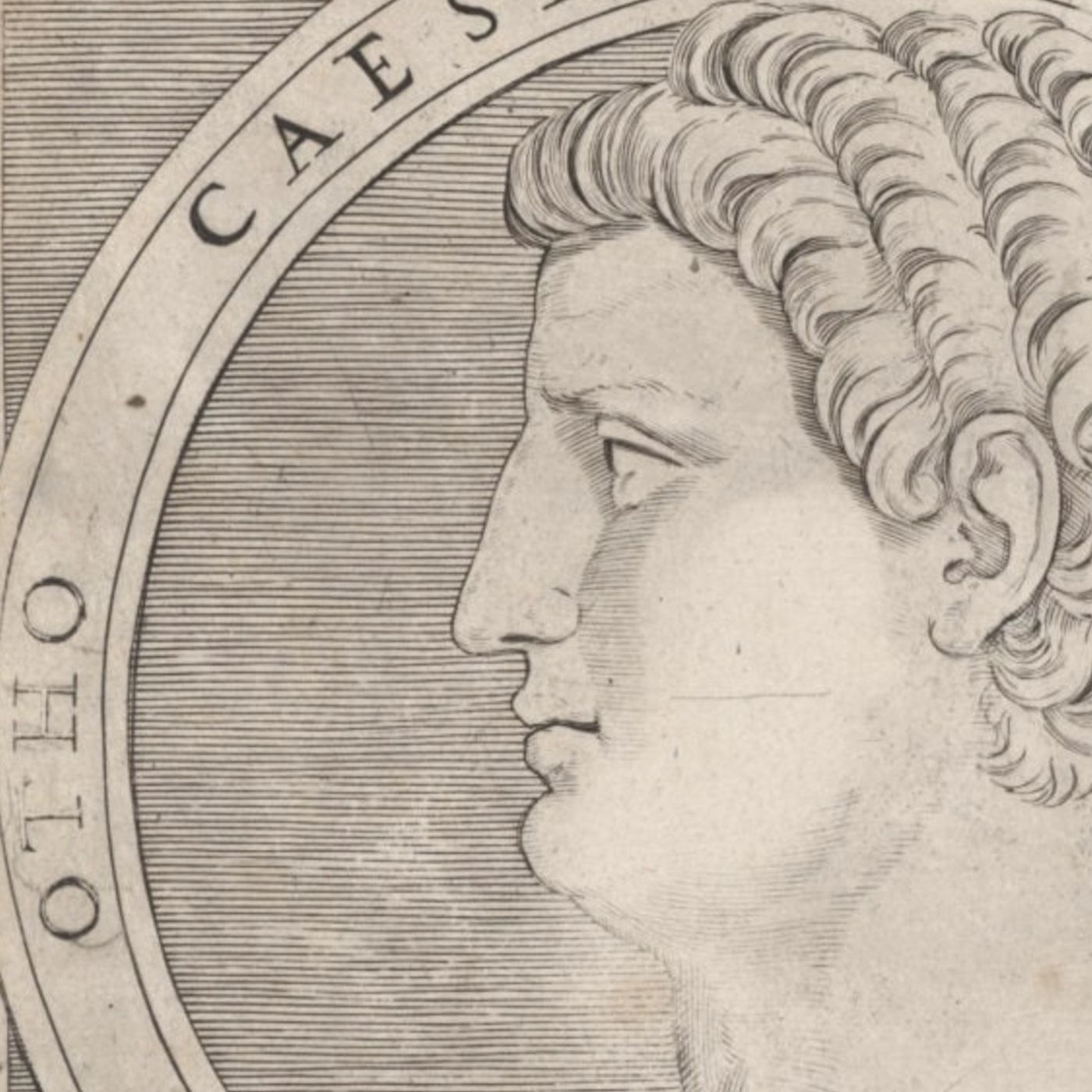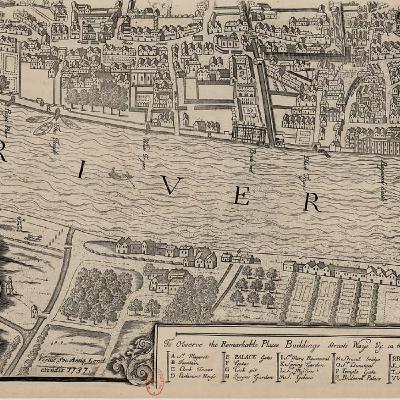3: 1. Khmelnytsky and the Russian Imperial Project The discussion begins with the 1888 statue of Bohdan Khmelnytsky in Kyiv, symbolizing the 200-year quest to dominate Ukraine. Khmelnytsky, a 17th-century Orthodox nobleman, led a rebellion against the Polish
Update: 2025-10-20
Description
1. Khmelnytsky and the Russian Imperial Project The discussion begins with the 1888 statue of Bohdan Khmelnytsky in Kyiv, symbolizing the 200-year quest to dominate Ukraine. Khmelnytsky, a 17th-century Orthodox nobleman, led a rebellion against the Polish-Lithuanian Commonwealth to protect the Orthodox Church and create a proto-Ukrainian state. Unable to win against Poland, he swore allegiance to the Tsar of Moscow, leading Russians to celebrate him as the unifier of Ukraine and Russia. Khmelnytsky intended a military alliance, but the Tsars viewed it as Ukraine fully joining Russia, gradually dismantling Cossack freedoms. By 1783, coinciding with the US Peace of Paris, Catherine the Great formalized Russia's imperial project, expanding to the Black Sea and integrating Crimea. Russia treated Ukraine as a colonial project, calling it "New Russia" and inviting diverse European settlers, seeking to force these people to become Russian, which Ukrainians resisted, forming the core of ongoing conflict.
1859 ODESSA
Comments
In Channel
















